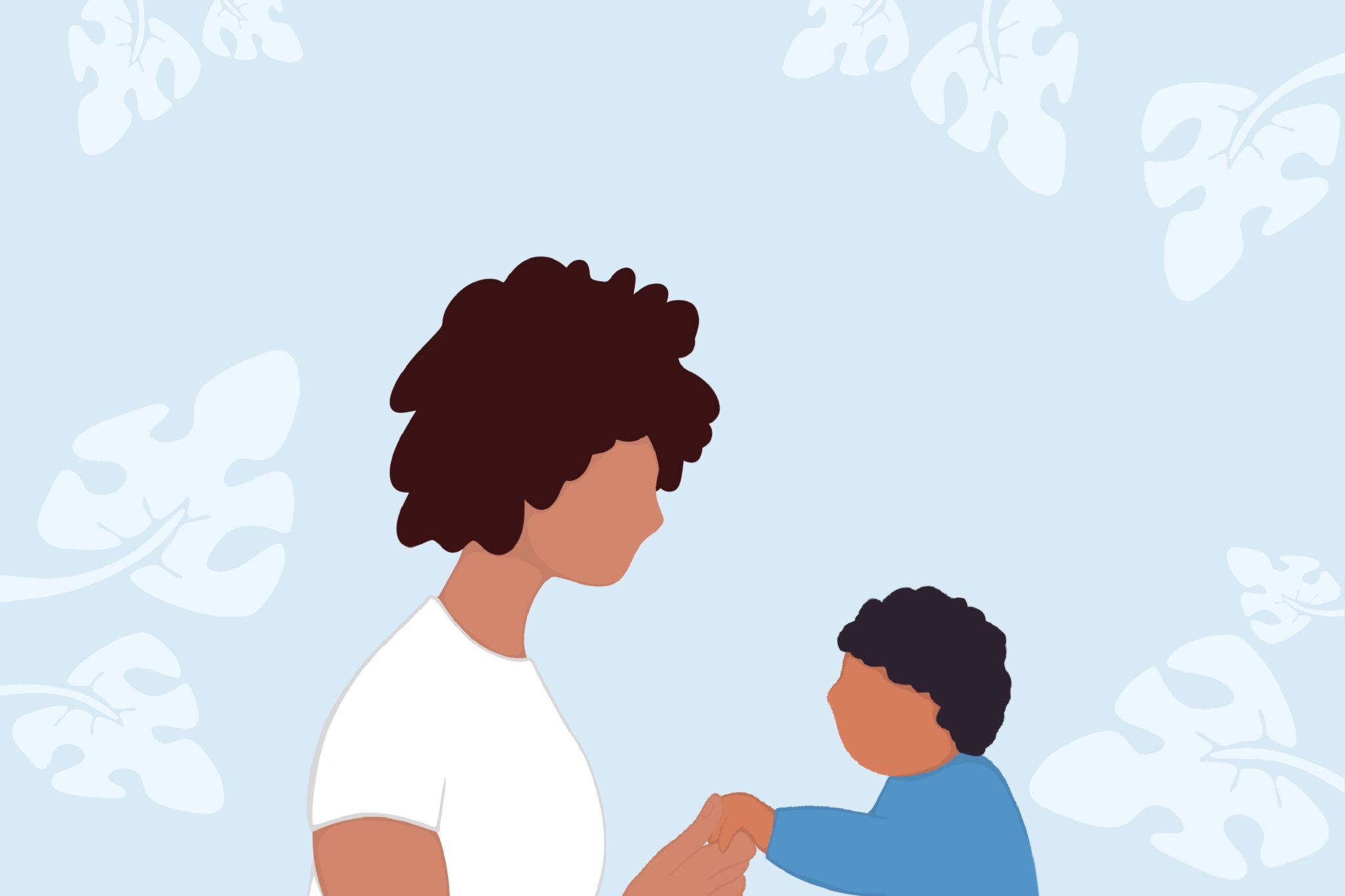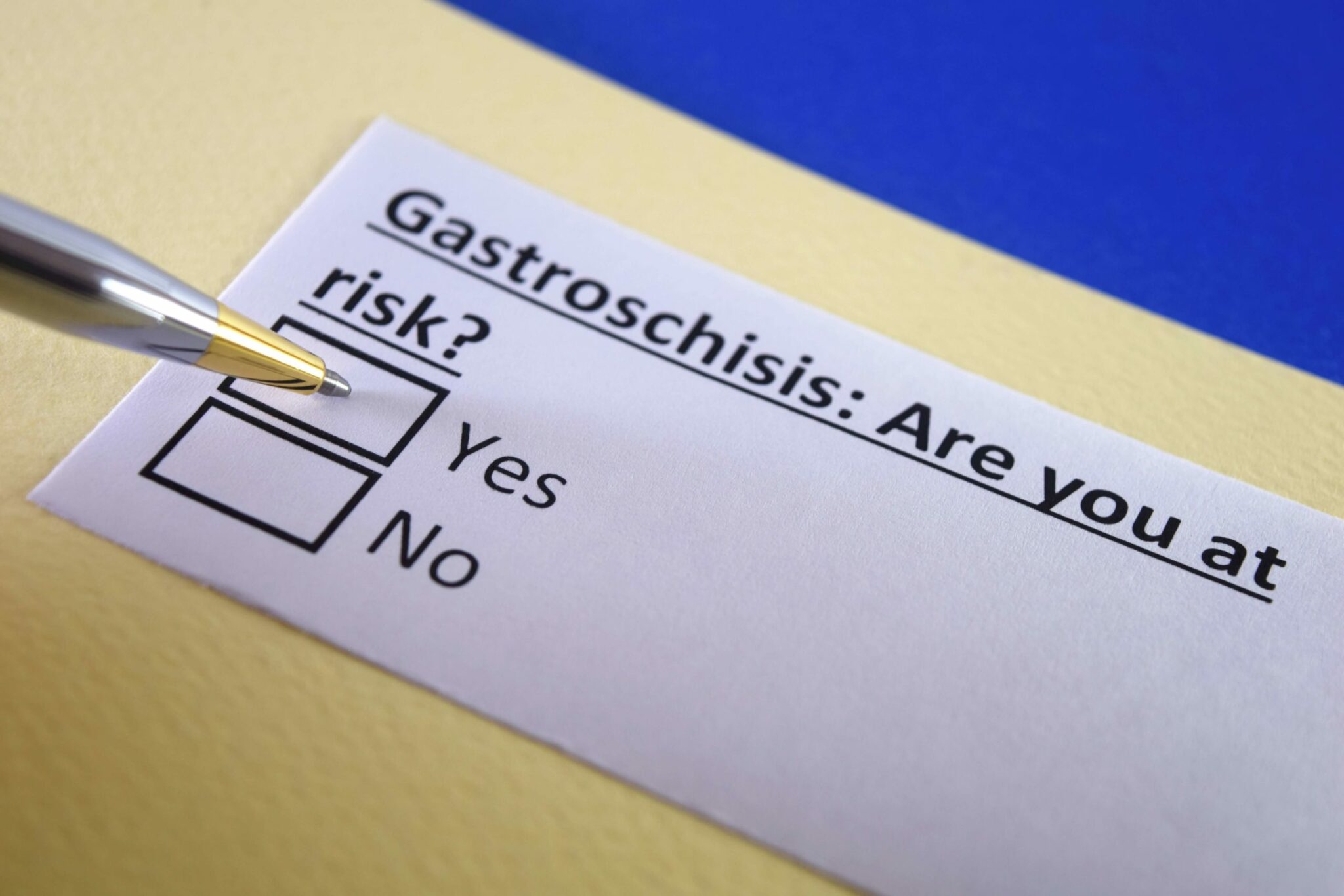Baby Development: Your 5 Month Old


At 5 month old babies, you may be asking yourself where the time went. By this age, so much has changed so quickly it can be hard to keep up. Where it used to be about colic and gassiness, now your baby may be rocking on his or her hands and knees, working to roll over, gaining better neck control, and overall developing much greater strength and coordination.
And you know what this means: crawling isn’t too far away.
Babies will typically start crawling between seven and 10 months of age. And when they do start crawling, many parents are surprised at how quickly their baby goes from those first few tentative movements to speed-crawling all over the house.
Considering this could happen in just a couple short months, now is the time to double-check your babyproofing plan. An estimated 2.3 million children are accidentally injured in their homes each year, according to the Centers for Disease Control and Prevention. Here are steps you can follow to ensure your living environment is safe.
Step 1: Take a survey of your home
To get the best view of your house, you’ll have to get on your baby’s level. This means crawling around areas of your home, especially in his room and any play areas. You are especially looking out for the following hazards:
- Cabinets, where potentially poisonous substances are stored
- Drawers
- Electrical outlets
- Electrical cords
- Loose tiles, boards, or carpet that is coming up
- Unstable or unsteady furniture that wobbles or could easily be pulled over
Remember that seemingly harmless objects to you can create serious hazards for your baby. This includes items like garbage cans, pet supplies, houseplants, and even tablecloths that dangle from tables (babies love to yank on those, which can lead to a lot of things crashing down). Think about what is in reach for your baby and what could be tempting.
Step 2: Purchase babyproofing items
Now that you’ve identified the potential hazards and pitfalls in your home, it’s time to take active steps to make the environment safe. This includes purchasing safety plugs and or outlet covers to protect baby from electrical outlets, hiding electrical cords, and unplugging any appliances that don’t really need to remain plugged in.
Other must-haves for babyproofing include baby gates that block any stairways, which can pose serious hazards for your baby. You may also need to arrange for someone to repair any damaged flooring that your baby could potentially pull up or cut himself on while crawling around.
Step 3: Always stay vigilant
Even the best babyproofing scheme should be no match for your eagle eyes and sense of protectiveness. This means watching your baby at all times, especially when he or she is in the bath or on a changing table. Also remember to watch out for everyday items that can present hazards, such as the purse a visitor leaves on the floor or the hot coffee you pour yourself and put on the kitchen table in the morning.
Some larger cities have professional babyproofing experts that will come to your home and help you identify potential hazards. Otherwise, a knowledgeable friend may be good to enlist in helping you as you prepare for the crawling phase.
Get more expert tips on baby proofing your home with Bundoo Pediatrician, Dr. Kristie Rivers.
Powered by Bundoo®










































